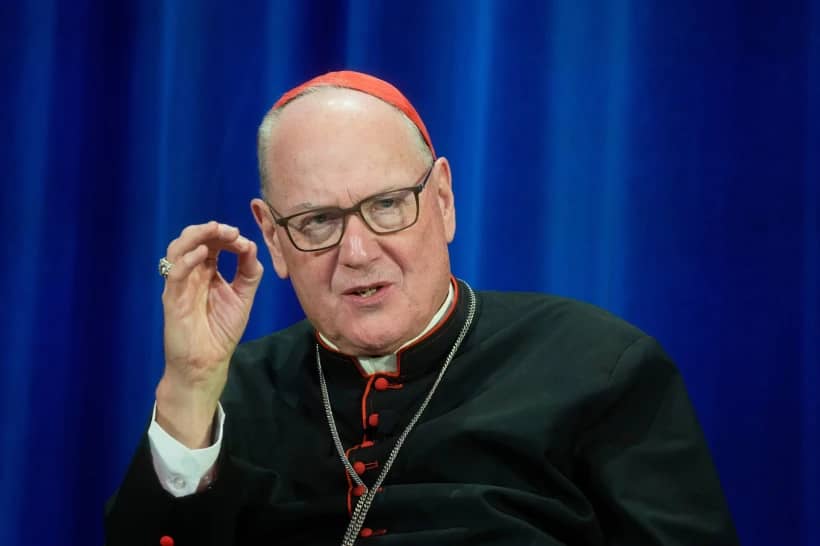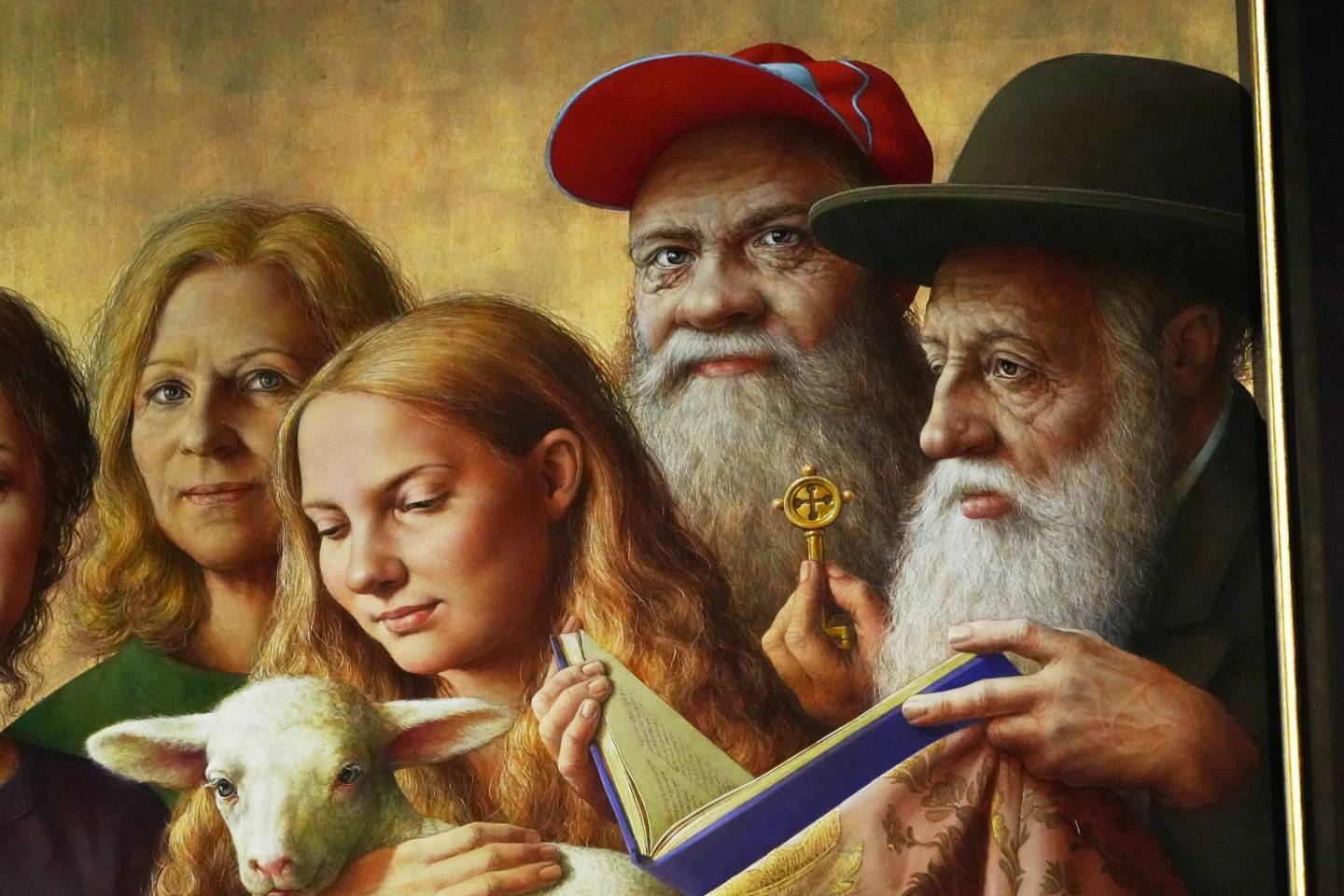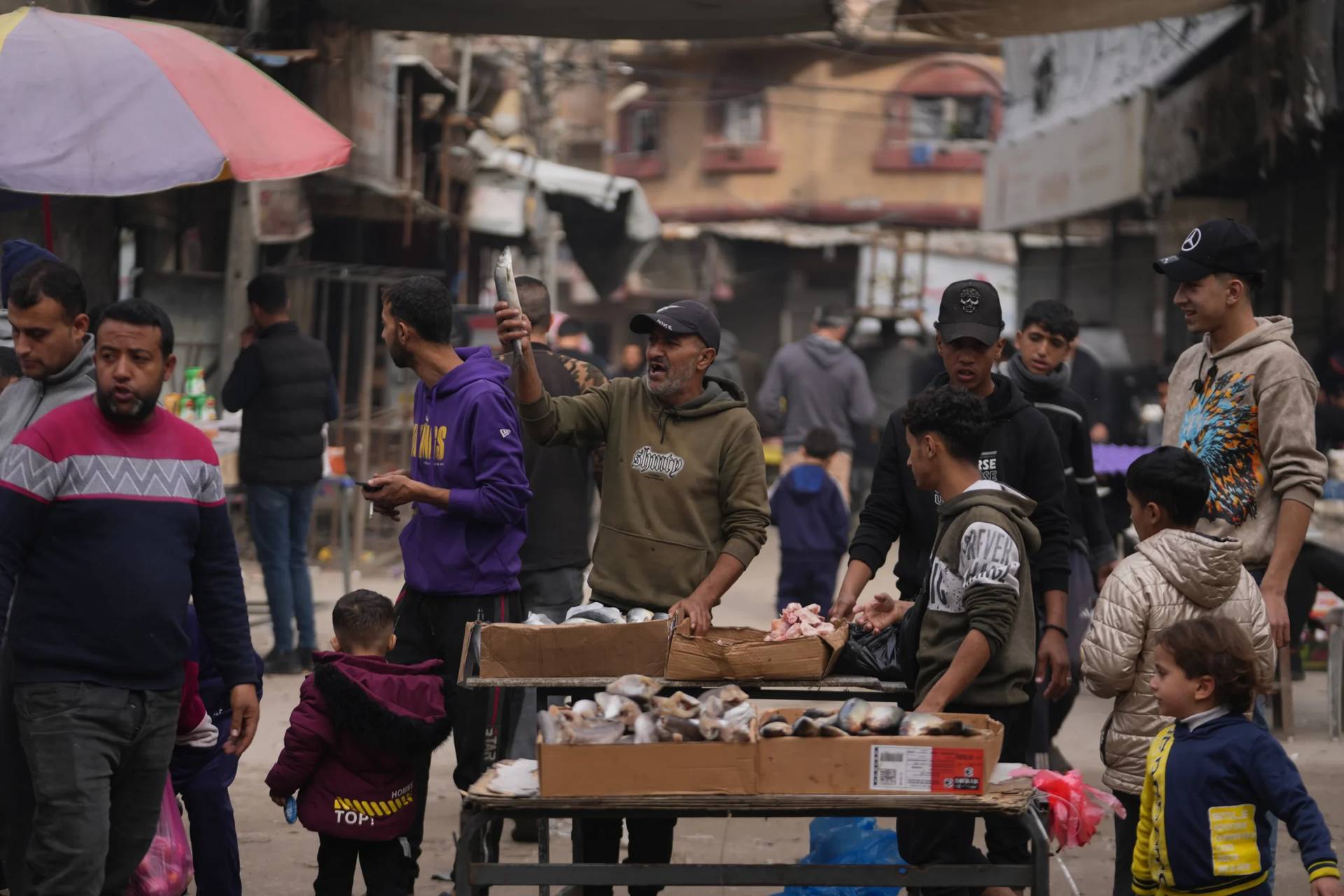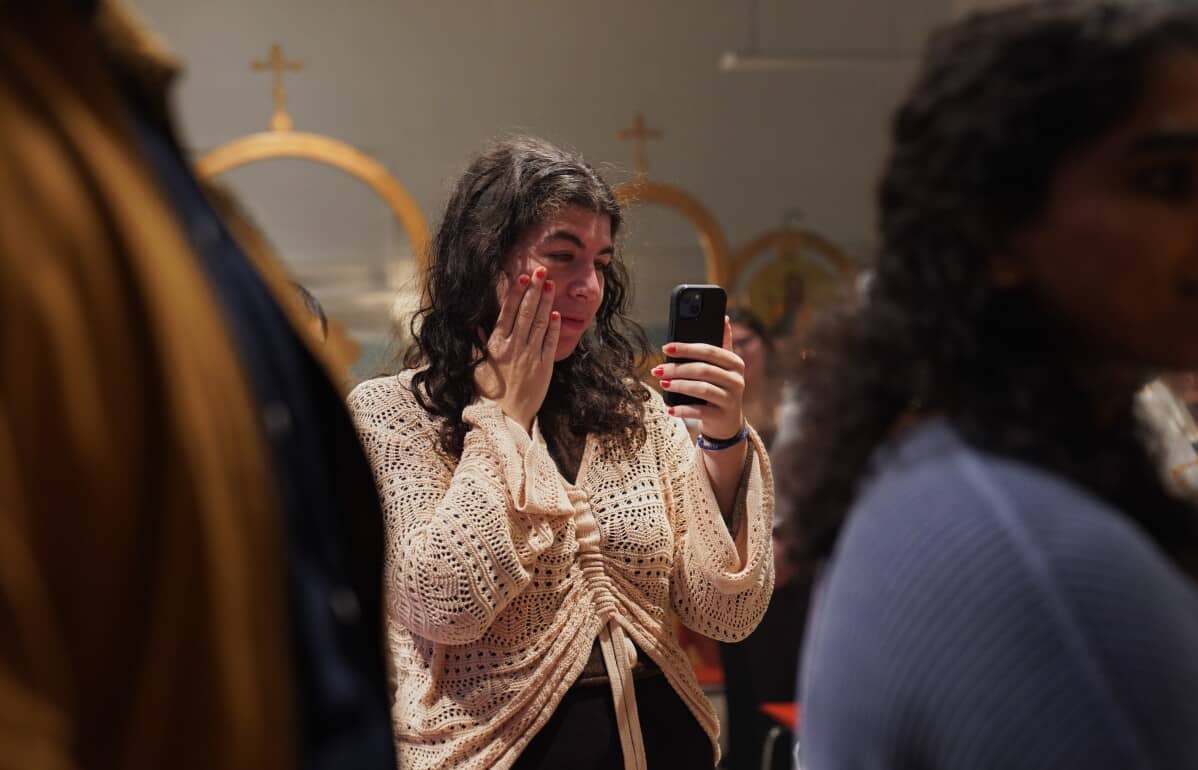CHICAGO — The Archdiocese for the Military Services in the United States is perhaps the least understood of the almost 200 dioceses in the country. Yet for a nation that has been at war for 16 years, it’s arguably one of the most consequential and serves a vital spiritual role for members of the armed services and their families.
In 2007, Archbishop Timothy Broglio was named the fourth archbishop for the archdiocese. Since that time, he’s worked to improve the archdiocese’s financial stability and to recruit more priests to serve its members.
While the overall challenge to attract new priests is an uphill battle, Broglio remains hopeful for the future.
Earlier this month the archdiocese hosted its first young adult conference in Chicago, Illinois.
Afterwards, Broglio spoke with Crux about the history of this little understood archdiocese, the recent bi-annual meeting of the USCCB, and the upcoming Synod of Bishops.
Crux: Most Catholics in the U.S. lack an awareness of the history and purpose of the Archdiocese for the Military Services. Let’s start there—can you give me some background of how and why you operate?
Broglio: The Military Archdiocese really dates back to 100 years ago when the auxiliary bishop of New York, Patrick Hayes, was given responsibility for priests in the military. It was right at the time of the First World War.
Then, from that responsibility, the Military Ordinariate was established and he took that with him when he became the Archbishop of New York.
Cardinal Hayes, then Cardinals Spellman and Cook, each of them when they became Archbishop of New York were also appointed Military Vicar. In the New York chancery there were also offices to deal with the military vicariate.
In 1983, when John O’Connor was named Archbishop of New York, he’s the first Archbishop not to be named military vicar. Instead, Joseph Ryan, who had been the Archbishop of Anchorage, Alaska, is brought to New York and he is coadjutor for the military vicariate.
It’s established as a diocese in 1985 and the archbishop moves the offices to Washington, D.C., and I’m his third successor.
The archdiocese is charged with pastoral care of Catholics in the military, in all five branches, their dependents, any Catholic who is a patient or a resident on a facility governed by the Department of Veteran Affairs, and any U.S. Catholic who works for the Federal Government outside the United States.
We calculate that about 1.8 million people are served. We try to provide for them all of the services that a territorial diocese would provide, but membership is determined by who you are, not by where you live.
What have you identified through your own ministry as the particular spiritual needs of Catholics in the military?
I think there are the obvious needs of the sacraments that everyone else has, but there’s something to this whole notion of accompaniment.
And that’s one of the reasons that it’s important to have chaplains that are in uniform because they share the same life and experiences with the people they serve. In situations of deployment — remember we are dealing with a nation that has been at war for 16 years — they are able to minister to them in this wartime experience.
Something I don’t think we often think about, those of us who stay home, is that the families also experience that separation and they often need a certain amount of care that is particular to them.
That’s best rendered both by priests and also by other families who might live or worship at the same installation who have experienced this in the past and can provide that accompaniment and be with them and — hopefully in those rare moments — to walk with them if there is a casualty.
The moment of reintegration is also important. The service man or woman comes home and that re-plugging into the family requires a whole series of adjustments.
You have children that have stepped up into certain roles that are now expected to return to being children again. None of it is rocket science but all requires adjustment and an ability to understand.
A few years ago you made a plea to all U.S. bishops for more priests for the military. How would you assess the overall health of the Military Archdiocese on this front?
In terms of the number of priests we are very weak. I have 208 priests on active duty and I probably need about 500.
We are very much trying to maintain the services and presence that we can but it is a very difficult situation.
One way in which the bishops and especially the people of the United States have responded in particular generosity, has been through the funding of the archdiocese, which is now in a much better place than it was say 8 or 9 years ago, but we are still very desperate for priests.
There are, however, signs of hope. I will have in August or September, 39 co-sponsored seminarians and that is a tremendous sign for the future. It will be something my successor will enjoy particularly.
You’ve just returned from the bi-annual meeting of U.S. Bishops in Indiana. From your time with your brother bishops, what have you identified as the top priorities facing the Church in the United States and where does the Military Archdiocese fit into this?
Certainly an overarching priority is supporting and energizing the concept of missionary disciples who are able to announce the joy of the gospel.
I think this certainly means continuing to provide all of the services we currently provide but it also means finding new ways to insert this gospel message into the everyday lives of not only the faithful but those who might be attracted to the person of Jesus Christ.
This is something we talk about — it’s certainly something the convocation in early July is going to try to address in a more systematic way — but it’s something that has to charge each one of us and the way we exercise pastoral ministry.
I think Archbishop Vigneron in Detroit put it best on Pentecost Sunday when he was reflecting on the Declaration of the Heroic Virtues of Solanus Casey and he said that “We want to have so many saints that our annual calendars can’t accommodate them all.”
In one sense, it’s a line that brings a smile but in another sense it’s what we’re all about. I’m a canonist by formation and the Code of Canon Law states that the bishop in a diocese is not only responsible for the Catholics in his diocese but he’s responsible for everybody because he’s really charged to evangelize.
That’s something I think we tend to forget because we get so wrapped up in the day to day that takes away the steam of proclaiming the good news in the marketplace and we must find more creative ways to do that. I might also add that meetings of the episcopal conference are also a moment for brothers to be together and to celebrate our faith, pray together, and discuss those concerns that are deepest.
We’re here in Chicago for the Military Archdiocese’s first ever Young Adult Conference. The next Synod of Bishops will focus on young people and vocational discernment. What are you hoping for this Synod of Bishops to deliver to the Church?
I’m very excited by the topic that our Holy Father has chosen. The Archdiocese of Military Services is the youngest archdiocese in the United States. Not chronologically, but by the fact that most of the people we serve are between the ages of 18 and 28 years old.
Focusing on the needs of young people, focusing on bringing the gospel to these young people is of paramount importance, not only so we can focus on our responsibility of handing on the faith, but also because all of these people are created in the image and likeness of God and have a right to know Jesus Christ.
I hope that one of the things that the General Assembly of the Synod might do is, having collected all of this data, both from episcopal conferences and now the online survey that young people can respond to, we discover new ways to make the gospel come alive and bring the gospel to young people and find ways that they can be protagonists in the evangelization of their peers.
One of the things we have discovered in our Archdiocese is that one of the most effective ways to announce the gospel is through the invitation of peers to their peers. So, I hope that the Synod will be a time in which we discover the most effective ways for us to do this.















